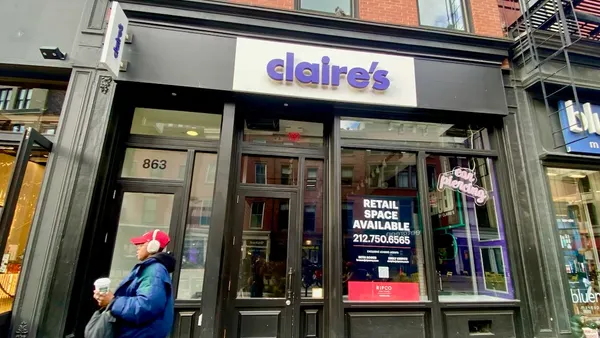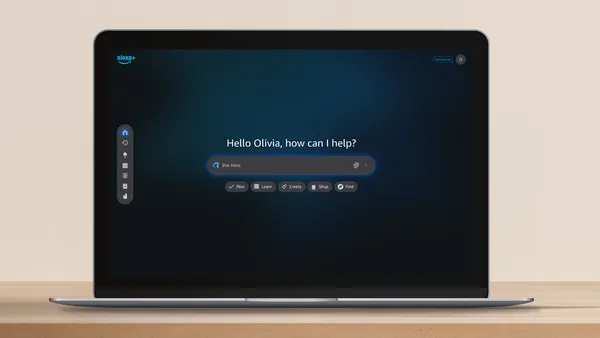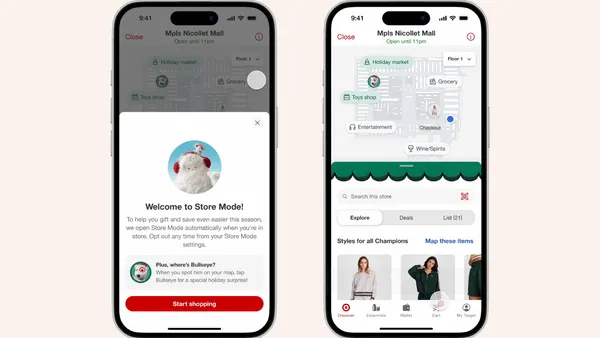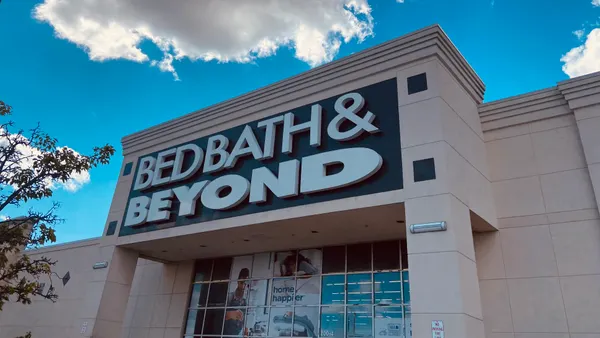Dive Brief:
-
Out of 1,000 survey respondents who were asked what would prevent them from interacting with chatbots, only 14% said they prefer to fill out an online form, according to the Drift and SurveyMonkey Audience 2019 State of Conversational Marketing report. Though it's a sign that consumers are not as interested in forms, 79% of Cloud 100 companies continue to use online forms.
-
Consumers expect faster responses from chatbots than other forms of communication, the report also found. Forty-two percent of survey respondents expected immediate responses from chatbots, compared to 39% from one-on-one video calls and 11% from forms.
-
Though chatbots are preferable to other digital methods of communication, customers prefer chatting with a live person the most, the report found. Thirty-nine percent of respondents said they have a good customer service experience with an online chat platform compared to 16% of respondents who said the same thing about chatbots, according to the report.
Dive Insight:
Chatbot integration may have gotten off to a bumpy start, but the Drift and SurveyMonkey Audience report indicates that younger consumers may be more willing to engage with the technology. Per the report, 35% of consumers ages 18 to 24 said they had used chatbots more, while 27% consumers age 25 to 34 and 29% of consumers age is 39 to 44 said the same thing.
However, consumers, for the most part, continue to want human interaction. With the exception of getting 24-hour service, respondents consistently said live chats with human beings outperformed chatbots for a variety of reasons, including convenience, ease of communication and good customer experience, according to the report.
Considering the findings from the report, it may seem surprising to see that more companies haven't adopted chatbot capabilities. The companies that have failed to integrate chatbots into their business could be missing out on not only pleasing their customers but also growing their sales. By 2023, chatbots are expected to drive more than $100 billion in sales, according to an estimate from Juniper Research.











